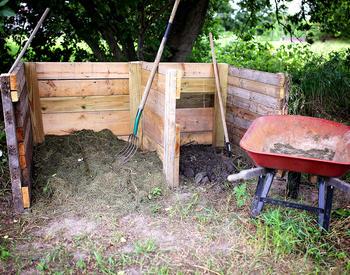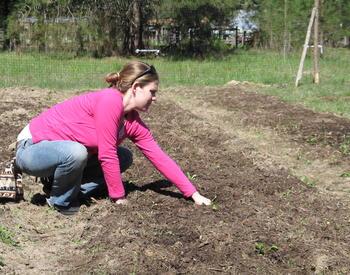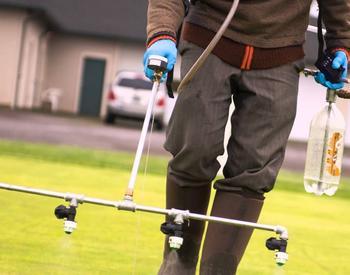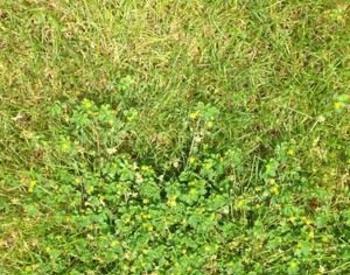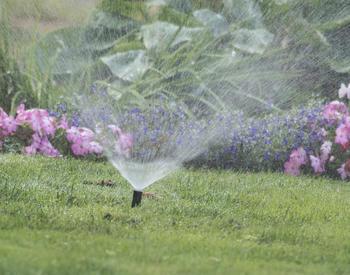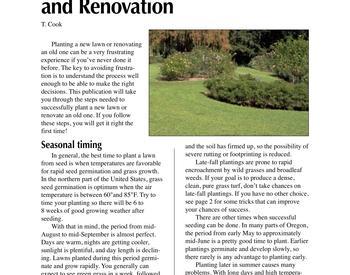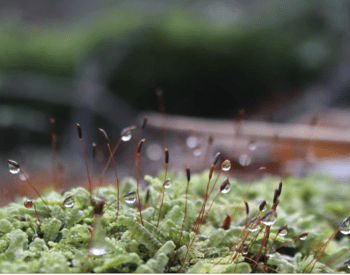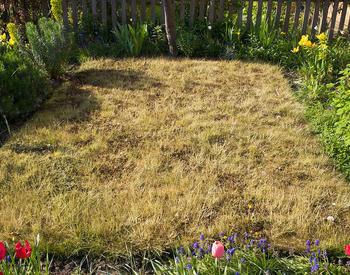CORVALLIS - When faced with the task of establishing a new lawn, people want to know the best kind of grass to plant.
"I rarely give the same answer twice, because the best grass depends on the site, the owner and a dozen other variables," said Alec Kowalewski, Oregon State University Extension Service turf grass specialist, who gets that question a lot.
Below are just a few grass seed mixtures that Kowalewski recommends for Western Oregon lawns.
"The percentages of mixture components are not sacred," Kowalewski said. "You have to be flexible in shopping because every supplier has a different idea of what they want to sell you. The key is to study the label and go for the contents, not the price or the hype."
General turf on sunny sites
A mix perennial ryegrass and fine fescue is good for Western Oregon. This will make a lawn that is rugged, will tolerate some shade, requires medium to high fertility initially to look good and is fairly easy to cut, Kowalweski said.
"Mixtures like this start fast and quickly give a functional lawn," he said. "They tend to be hungry for the first year or two since they are initially dominated by perennial ryegrass. By the third year, the fine fescues begin to dominate, particularly if you have not fertilized regularly. This lawn will be susceptible to red thread."
When these lawns are not regularly fertilized, they will transition to bentgrass over time. Bentgrass is not the dark green color perennial ryegrass and fine fescue provide, but it is a grass species that thrives in low fertility lawns. If you are not planning to fertilize every spring and fall, bentgrass is a great lawn for you.
General turf on shady sites
Kowalewski recommends a mixture heavy on the fine fescue with a small amount of perennial ryegrass. He says it is an easy lawn to maintain with medium to low fertility, occasional irrigation, and mowing at about 2 inches.
“This mix takes advantage of the natural shade tolerance of the fine fescues and the rapid establishment of the perennial rycgrass,” he said. “Fescues do better in the soil is fairly dry with good air movement. In wet shady sites typical of much of western Oregon, the fescues get riddled with fungal diseases.”
Central and Eastern Oregon
A mixture of Kentucky bluegrass and perennial ryegrass works well for Central and Eastern Oregon. This mixture creates a lawn that needs relatively high fertility to look its best, Kowalewski said.
The mixture will initially be dominated by the perennial ryegrass, which is quick to germinate and establish. Kentucky bluegrass is very slow to establish but overwinters well under snow cover. The Kentucky bluegrass increases in density over time. Avoid planting it alone or weeds will germinate and establish faster than the turfgrass.
For more information on home lawn care, check out these publications from the OSU Extension Service



